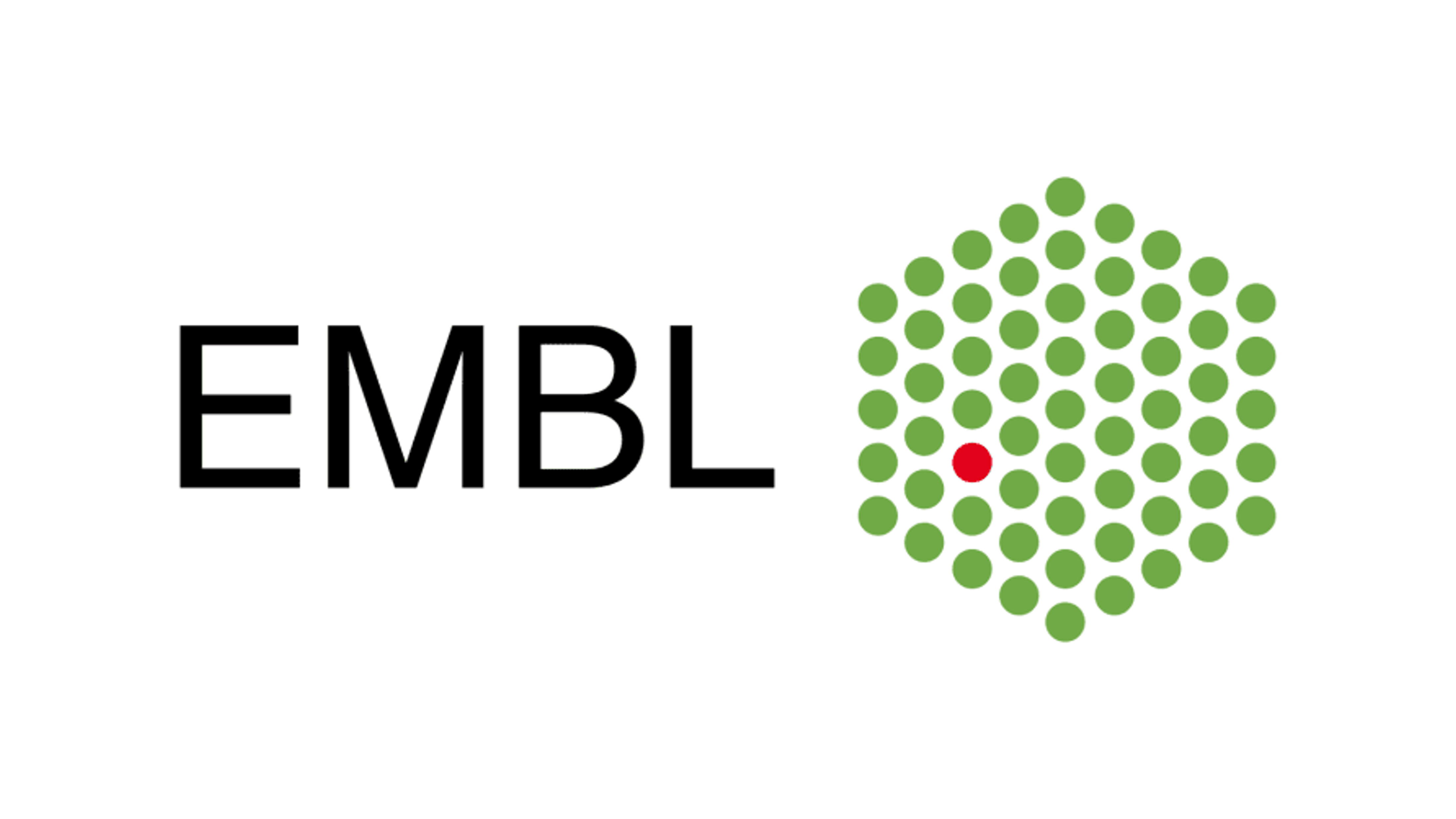New approach for T-cell immunotherapy against malignant brain tumors

Researchers at the German Cancer Research Center (DKFZ) and the University Medical Center Mannheim (UMM) have developed a promising cellular immunotherapy for the treatment of glioblastomas: They equipped T cells with a receptor that recognizes a protein of the brain tumors that is responsible for the dangerous stem cell properties. The therapeutic T cells directed against this target structure were able to specifically destroy human brain tumors in laboratory experiments and in mice.
Cellular immunotherapies have proven to be very successful in the treatment of various forms of blood cancer – but have so far failed when used on solid tumors. This is particularly true for glioblastomas, aggressive brain tumors that are additionally protected from the invasion of therapeutic cells by the blood-brain barrier and are therefore extremely difficult to treat.
In order for immune cells to identify the cancer, suitable target structures are needed. However, glioblastoma cells carry relatively few mutations that mark them as “foreign” to the immune system. This complicates the development of cellular immunotherapies.
Instead of further looking for potential targets in brain tumor cells, a team led by Lukas Bunse from the DKFZ and the University Medical Center Mannheim took the opposite approach: the researchers analyzed which antigens the immune response of glioblastoma patients is directed against. The team analyzed blood samples from brain tumor patients who had been vaccinated with various glioblastoma proteins. This analysis brought the glioblastoma protein PTPRZ1 to the researchers’ attention, against which all patients who had been vaccinated with it had developed a strong T cell response.
PTPRZ1 plays a role in the development of the central nervous system, but is barely present in adult tissue. However, in the development of malignant brain tumors, PTPRZ1 reappears in the cells and promotes growth, spread and invasion. PTPRZ1 is not only overexpressed in glioblastomas, but also in other types of brain tumors. “Many recent studies suggest that PTPRZ1 is relevant for the stem cell properties of glioblastomas,” says Yu-Chan Chih, the first author of the study. ”This makes it a promising target for T-cell immunotherapies against tumor stem cells, which are particularly difficult to combat.”
As a first step towards developing a T-cell immunotherapy, the researchers obtained T cells that were directed against PTPRZ1 from the blood of one of the study subjects. From these cells, they isolated the gene for the PTPRZ1-specific T cell receptor and transferred it into T cells from a healthy donor. This allowed them to culture large quantities of “transgenic” T cells that all carried the identical T cell receptor directed against PTPRZ1.
In laboratory experiments, the engineered immune cells were able to kill glioblastoma cells while sparing cells that did not carry PTPRZ1. The PTPRZ1-specific T cells also attacked human brain tumor organoids and combated human brain tumors that had been experimentally transferred to mice. The treatment was particularly effective when the modified immune cells were administered both intravenously and directly into the animals’ brains.
“An antigen that so strongly determines the stem cell properties of tumors is an ideal target for cellular immunotherapies, because it guides the therapeutic immune cells against those cancer cells that make the disease particularly dangerous,” explains Lukas Bunse, senior author oft he publication. The “T-cell receptor transgenic T cells” have several advantages over CAR-T cells, the better-known form of cellular immunotherapy. For example, they can also be directed against target proteins inside the cell, which is not possible with CAR-T cells. In addition, they recognize tumor antigens very sensitively.
The transgenic T cells used in the current study are only effective in those glioblastoma patients who, due to their genetic background, carry a certain form of the highly variable immune proteins (HLA molecules) on their surface. In a similar way, however, therapeutic T cells could also be generated for patients with a different genetic background, explains Bunse, who sums up: “Personalized immunotherapies have enormous potential in cancer treatment and could also contribute to more effective treatment of glioblastoma patients in the future, especially in combination with other forms of therapy.”
Yu-Chan Chih, Amelie C. Dietsch, Philipp Koopmann, Xiujian Ma, Dennis A. Agardy, Binghao Zhao, Alice De Roia, Alexandros Kourtesakis, Michael Kilian, Christopher Krämer, Abigail K. Suwala, Miriam Stenzinger, Halvard Boenig, Agnieszka Blum, Victor Murcia Pienkowski, Kuralay Aman, Jonas P. Becker, Henrike Feldmann, Theresa Bunse, Richard Harbottle, Angelika B. Riemer, Hai-Kun Liu, Nima Etminan, Felix Sahm, Miriam Ratliff, Wolfgang Wick, Michael Platten, Edward W. Green & Lukas Bunse: Vaccine-induced T cell receptor T cell therapy targeting a glioblastoma stemness antigen.
Nature Communications 2025, DOI https://doi.org/10.1038/s41467-025-56547-w




